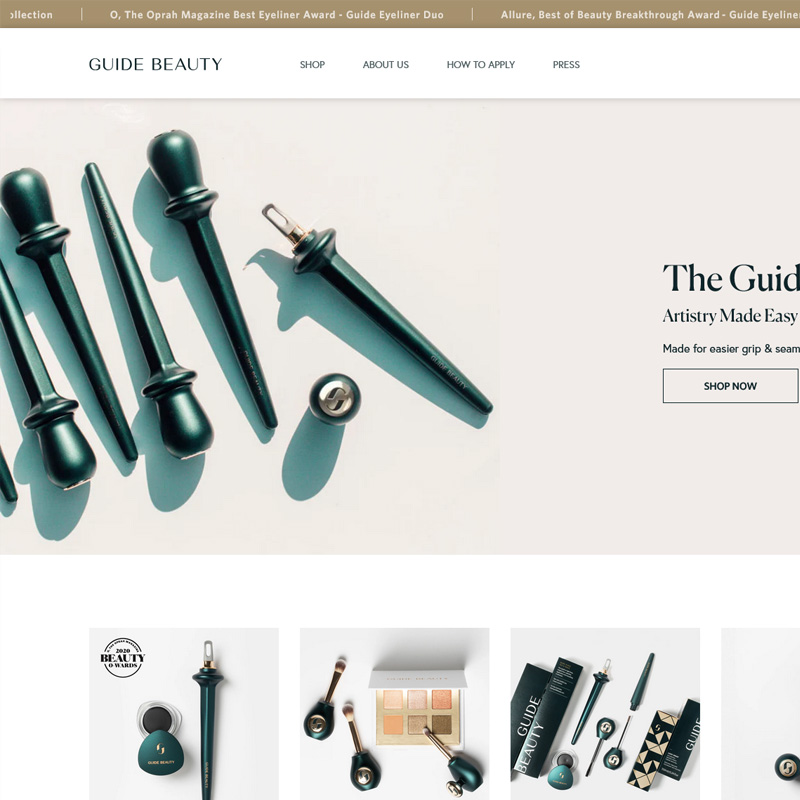Imagine this. It’s Saturday morning, and someone in your neighborhood is craving a fresh cup of coffee. They pull out their phone, search for “best coffee near me,” and stumble upon your café. Perfect! Except—wait—your website takes ages to load, the text doesn’t fit the screen, and there’s no clear button to place an order. Frustrated, they bounce off to your competitor’s site, which happens to be smooth and mobile-friendly.
That missed customer? Multiply them by thousands.
Welcome to the age of mobile-first interactions, where small businesses thrive—or falter—based on how their websites perform on mobile devices. For small business owners, mobile optimization isn’t just a “nice-to-have” anymore. It’s the game-changer.
Consumer Behavior Has Gone Mobile—Have You?
Here’s the deal. Over 60% of global web traffic now comes from mobile devices, and the number continues to climb. Meanwhile, a study by Google revealed that 53% of mobile users will leave a site that takes longer than three seconds to load. That’s barely enough time to read this sentence.
For small businesses, this shift in consumer behavior isn’t just a trend—it’s a wake-up call. Your customers are looking for speed, convenience, and seamless browsing from their smartphones. If your website isn’t optimized for mobile, you’re effectively shutting the door to a huge chunk of your audience.
The Mobile Optimization Challenges Small Businesses Face
We get it—small businesses often find themselves in a maze of priorities. You’re juggling limited resources, wearing multiple hats, and now you're told you need to be a mobile optimization expert too? No wonder so many businesses put this on the back burner. But here's why leaving it unchecked could hurt you long-term.
1. Limited Budgets
Unlike big corporations, most small businesses don’t have sprawling IT teams or wads of cash to throw at mobile optimization. How do you go mobile-friendly without breaking the bank?
2. Technical Know-How
What’s the difference between responsive design and mobile-first design? How do you tweak your website’s loading speed without hiring a tech wizard? Many small businesses feel overwhelmed just trying to learn the lingo.
3. Proving ROI
Investing time and money in mobile optimization might feel risky if you’re unsure about the payoff. What if the cost outweighs the returns?
Breaking Through the Noise with Expert Strategies
The good news? Tackling mobile optimization doesn’t require a Silicon Valley-sized budget—or an engineering degree. Here’s how small businesses can overcome these hurdles and come out on top.
1. Adopt a Responsive Design
Responsive design ensures your website adjusts seamlessly to any screen size, whether it’s a smartphone, tablet, or desktop. It’s like magic—but practical. Platforms like Squarespace and Shopify already offer responsive templates designed for non-technical users.
2. Speed Is King
Your website’s speed can make or break customer interactions. Tools like Google’s PageSpeed Insights can help you identify what’s slowing you down and give you actionable fixes. Compress your images. Minimize code bloat. And for goodness’ sake, ditch autoplay videos!
3. Clear Call-to-Actions (CTAs)
Your website visitors shouldn’t have to climb a metaphorical mountain to place an order, book an appointment, or contact you. Make your CTAs bold, clear, and front-and-center. A single, strategically placed “Shop Now” button can make all the difference.
4. Lean Into Affordable AI Tools
Wondering how to perfect your mobile strategy without draining your wallet? Platforms like Wix Turbo and PageSpeed.ai are affordable, user-friendly tools tailored for small business owners with zero coding experience.
5. Test, Then Test Again
The only way to know if your website works well on mobile? Test it relentlessly. Browse your site from different devices. Get feedback from friends, employees, and even loyal customers. Not everything will be perfect from day one, and that’s okay—as long as you’re continuously improving.
The Payoff of Going Mobile-Friendly
Still on the fence about all this effort? Consider these stories from small businesses that embraced mobile optimization and reaped incredible rewards.
- Case Study #1 – Sunny’s Boutique
Before going mobile-first, Sunny’s website saw a 70% bounce rate on mobile devices. After updating to a responsive design and improving loading speeds, they reduced bounce rates to just 20% and doubled their monthly sales.
- Case Study #2 – Gary’s Auto Repair
Gary implemented simple mobile-optimized CTAs like “Book a Service” buttons. The result? A 40% increase in bookings from mobile users within the first month.
Every business is different, but the takeaway is universal. Mobile optimization isn’t just about aesthetics—it’s about creating tangible results that drive higher engagement, conversions, and customer loyalty.
Where Mobile Trends Are Headed
The future is bright—and mobile. We’re looking at advancements in voice-activated browsing, progressive web apps, and more immersive, touch-friendly designs. Staying ahead will mean continuously adapting to these trends, but the alternative—being left behind—is not an option.
Small businesses have one significant advantage in this space over the big guys. Agility. You can pivot faster, adapt faster, and innovate faster. Use that to your advantage.

Take the Next Step Toward Mobile Success
By now, you’ve seen the why and the how. But knowing isn’t enough—doing is what counts. That’s where we come in.
Schedule a mobile assessment for your business today. Our experts will evaluate your website, pinpoint areas for improvement, and help you turn mobile visitors into loyal customers.
The future of business is mobile—are you ready to make it yours?













